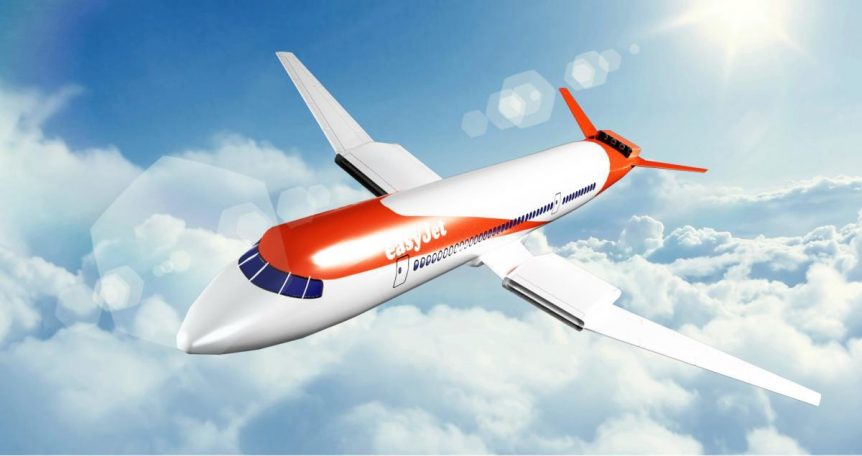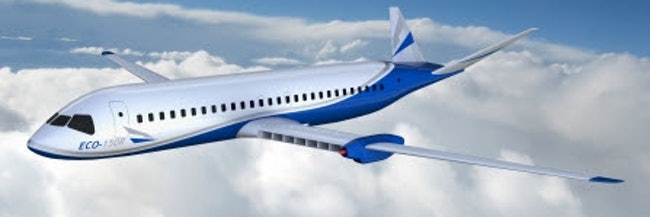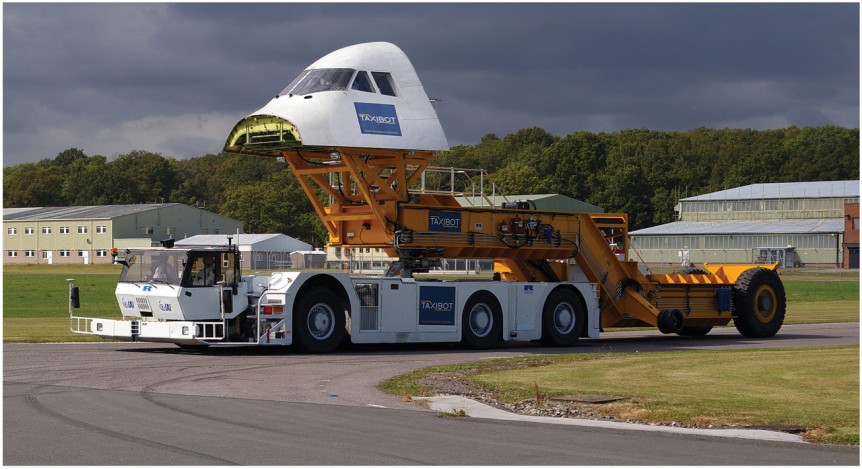While most anticipated new electric aircraft don’t seem to exceed 50 seats, Wright Electric has begun a more ambitious program for its 186-seat electric airliner, Wright 1. In a January 30 press meeting at the Refinery Hotel in lower Manhattan, Wright announced plans to move forward with their design and testing program for a substantial electric airliner. Wright CEO Jeffrey Engler promised: “Wright Electric is dedicated to bringing low-emissions 186-seat electric planes systems to market. Wright Electric’s mission is to make commercial aviation greener, and our megawatt engine program is the next step in making our mission a reality.” Wright’s plans include moving its headquarters to Albany, New York, “to take advantage of the extraordinary local engineering talent.” Wright will work with BAE Systems, “…to help to accelerate the new technology.” A big part of that new technology will be the 1.5 megawatt electric motor and supporting three kilovolt inverter to control all those currents. Such powerplants are substantially greater …
Paris to London Using No Fossil Fuels
Jeff Engler fired up a start-up, Wright Electric, about a year ago. Last week, he presented at the Y Combinator Winter 2017 Demo Day – a semi-annual event where venture capitalists can meet the latest in venturesome mendicants. Tech Crunch describes the firm’s goals, which include electric flights between London and Paris on no fossil fuels – ambitious to say the least. “Wright Electric wants to build the world’s first electric airplane (at least the first 150 seat electric airliner). One of the main reasons airlines like Southwest can offer low fares is that they pre-purchase gas, but Wright sees an opportunity to make flights even cheaper by using electric planes instead. The company is targeting the 30 percent of all flights that are 300 miles or less, and is partnering with EasyJet to start. As technology improves, it believes its planes will be able to go after the $26 billion short-haul flight market.” Jeff has managed to attract a …
Fuel Cells for Taxiing
What seemed like an easy transition a few years ago has been delayed by one developer. “Safran and Honeywell have delayed by two years the planned entry into service of their electric green taxiing system (EGTS), a device designed to enable an airplane to taxi with its engines shut down. Aviation International News (AIN) quoted a spokesperson as saying, “The team is still working on the program with a goal of certification in 2018 and entry into service shortly after.” The system uses motors on the main gear to enable taxiing under power. One of several competing systems, WheelTug, has motors on the nose gear only. Wheeltug uses a Boeing 737-800 as a testbed for the certification program. A United States company with manufacturing apparently based in Gibraltar, WheelTug claims orders for 985 systems by 22 airlines. Another system, TaxiBot, was developed by Israel Aerospace Industries in cooperation with France’s TLD, Germany’s LufthansaLEOS, the ground-handling component of the airline. The …



